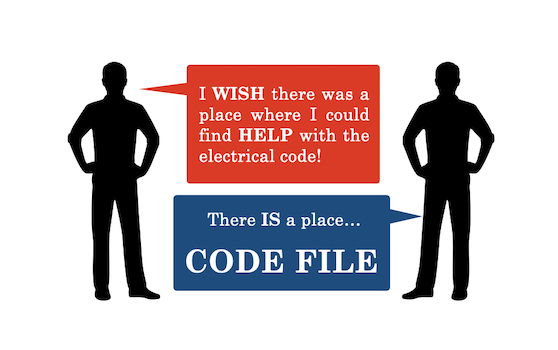
Features
Code File
Codes & Standards
Electrical equipment approval requirements • Code File, February 2020
February 28, 2020 | By Tatjana Dinic

February 28, 2020 – In Canada, all electrical equipment available for sale is required to be approved as per Rule 2-024 of the Canadian Electrical Code (CE Code). Almost all provincial Authorities Having Jurisdiction (AHJs) have similar requirements that prohibits sale, display, install or use of electrical equipment that has not been approved by the recognized certification body or field evaluation agency to the applicable product safety standards. Approved electrical products bear one of the recognized marks, such as CSA, cUL, cETL, etc. The complete list of recognized marks in Ontario is published on the Electrical Safety Authority (ESA) website.
In Ontario, the ESA looks after Product Safety regulation 438/07 which requires approval of all electrical products, including consumer, commercial and industrial products (before and after sale). The ESA is responsible for the safety of commercial and industrial electrical products (post-market issues), while Health Canada is responsible for the safety of consumer products (post-market issues) nationally.
“Third-party” approval requirements
In North America, electrical products are required to be approved by an independent “third party,” which refers to a certification body or field evaluation agency accredited by the Standards Council of Canada. In Europe, the safety of products is determined by a “first party,” which means that the manufacturer or supplier of that product conducted the conformity assessment and made an attestation that the product complies with the applicable requirements.
A market survey was done to compare the safety of some consumer products (small household electrical appliances) in North America and Europe that were assessed by first- and third-party evaluation. The published results show that third-party testing, inspection and certification provided higher levels of compliance: 17% of self-declared products showed dangerous faults, compared to less than 1% for products that were third-party certified. The market survey was done from 2014 to 2016 by the International Federation of Inspection Agencies and the International Confederation of Inspection and Certification Organisations.
For products evaluated by a “third party,” a series of safety tests were conducted at an independent lab against established standards. The safety tests were based on applicable safety clauses (e.g. heating, abnormal operations, double insulations, warnings, etc.) within the standards.
This indicates a large safety risk with unapproved electrical products.
Online sale
Over the last decade, the internet has changed how consumers shop and businesses advertise and sell their goods and services. Europe’s OECD (Organisation for Economic Co-operation and Development) has found that a range of non-compliant products, which have been prohibited from sale, recalled from the market or present inadequate product labelling and safety warnings remain available for sale online. The OECD noted that 68% of banned or recalled products were supplied online. In addition, 55% of some selected products offered online did not comply with safety standards.
Before online purchasing:
- Know who are you buying from.
- Know which products to avoid. Visit local and global recall databases for unsafe products.
- Read safety warnings and instructions to make the best choice.
- Check ratings and reviews.
- Buy products approved for Canada.
After purchase:
- Consider registering a product with the manufacturer.
- Double-check the product bears a recognized approval mark.
- Report any safety issues to Health Canada or the local authority.
The Canadian Advisory Council on Electrical Safety (CASES), Health Canada and provincial AHJs are working together to address the online sale of unsafe electrical products.
Always consult your AHJ for more specific interpretations.
Tatjana Dinic, P.Eng., is the Code Engineer at Electrical Safety Authority (ESA) where, among other things, she is responsible for code development and interpretation, improving harmonization between codes and standards. She is a Professional Engineer with M. Eng. degree from University of Toronto and a member of CSA CE Code-Part I, Sections 4, 10 and 30. Tatjana can be reached at tatjana.dinic@electricalsafety.on.ca.
Print this page